|
Found mainly late summer to early fall in shady woods, the Virginia Knotweed can be found in large clusters. Sometimes known as Jumpseed, this perennial is known for its seeds which "jump" up to several feet when a ripe seedpod is disturbed. Its large oval leaves can be solid green or with a chevron shaped mark on the leaf; often individual plants will have both types of leaves.
0 Comments
Velvetleaf is one of those plants you don't notice until you look, then you see it everywhere - field edges, disturbed areas. Non-native (noxious in north west states) originating from China velvetleaf was brought to the Americas as a new source of fiber, especially for use as rope for ships. It was grown for about 100 years until it was abandoned for easier, more durable fibers. It is now found in all the lower 48.
The name velvetleaf comes from the soft cottony texture of the leaves - can be used as tp in case of outdoor emergency. Seeds are edible. Lamb's Quarters is another very common weedy plant that can be found throughout most of the world and all of the Americas. In our area there are two different subspecies one native (Chenopodium album var. missouriense - Missouri lambs quarter) which is on the endangered list, the other introduced (Chenopodium album var. album - lambs quarter). This plant grows best in disturbed soils - barnyards, roadsides, cultivated fields. Each plant can produce up to 50,000 seeds and each seed has the capability of sitting dormant in soil for up to 40 years before growing!
As with most non-native species, this plant is useful - it is a great source of vitamin A & C, leaves can be added to salads but it is best used either steamed or added to soups or curries (it is very abundant in India). Common Mallow, aka - buttonweed, cheese plant, cheeseweed, is a non-native weedy plant found in waste areas, barnyards, etc.
It is found all over the world from Asia to Africa to Europe to the Americas and with good reason too. This plant has many uses. All parts of the plant are edible. "The leaves can be added to a salad, the fruit can be a substitute for capers and the flowers can be tossed into a salad. When cooked, the leaves create a mucus very similar to okra and can be used as a thickener to soups and stews. The flavour of the leaves is mild. Dried leaves can be used for tea. Mallow roots release a thick mucus when boiled in water. The thick liquid that is created can be beaten to make a meringue-like substitute for egg whites. Common mallow leaves are rich in vitamins A and C as well as calcium, magnesium, potassium, iron and selenium."
Lately, when out, I've come across a few of these, the leaves looked like a willow tree but it appeared to have a growth resembling a pinecone. At last I discovered it is a Willow Gall. Much like the galls on goldenrod (round bulges in the stem) this occurs when an insect (midge gall in this case) lays a single egg in a willow's terminal bud in spring. Chemicals injected by the female midge mixed with the chemicals exuded by the egg cause the willow to stop the elongating of the branch and instead causes the leaf tissue to broaden and Harden into the shape that resembles the scales on a pine cone. The larvae will then safely grow to adulthood and emerge from the gall leaving no harm done to the tree.
There's a lot nature can teach us in how to prepare for weather or season changes or even planting garden.
Often shrugged off as folklore or old wives' tales, there's reason these have been passed along for so many years - sure, a lot of it is superstition brought from the 'old country' - ie barn 'quilts' aka hex signs painted on barns to ward off evil spirits (much debate here). But some is based on actual watchable events - ie if the cows are laying down it will likely rain (although cows will lay down for many other reasons too). At any rate, this time of year brings signs of how the winter will play out. The squirrels, the hornets, the woolybears, all chime in with their thoughts on winter. August - For every fog in August there will be a snowfall. If a cold August follows a hot July, it foretells a winter hard & dry. Squirrel lore - Ever diligent, the squirrels spend the fall gathering nuts in preparation for the coming winter. It has been noted that in preparation for a rough winter they'll be busy working to gather and hide as many nuts as possible, stopping to eat minimally. On the flip side, finding large piles of nuts that have been cracked open and eaten can lead one to believe it will be quite the mild winter. It is also said where the squirrels build their nests indicates how severe the weather will be - The higher the nest in the tree, the more severe the weather will be. Woolybear - It is said the width of the middle brown band of the woolybear caterpillar judges the severity of the upcoming winter. The smaller the brown band, the worse the winter will be. However if the band is wide, it will be a mild and short winter. Other interesting thoughts - The thickness of the hair of the woolybear can be used as an indicator as well. The caterpillar itself is made up of 13 segments (the same number of weeks of winter!). Hornets - "See how high the hornet’s nest, ‘twill tell how high the snow will rest.” The Leaves - When the leaves begin to drop early, autumn and winter will be mild - if they fall late, winter will be severe. If these bode true, I believe we are in for a beautifully mild winter! Our first hike of the Hiking Spree.
Springfield Bog is a reclaimed open prairie with a trail leading through the tall flowers, winding around through and next to a wooded area, back through the prairie, to a fen you can look across from a new viewing platform, finishing up the 1.6mi loop by way of the open prairie. Although we picked one of the hottest days of the year to do such an open trail, the breeze was wonderful, the clouds were in peak summer fullness, and the dragonflies and butterflies were filling up on the open flowers. It was sweaty but beautiful. Dusty trees, golden sunshine, ripened crops, there's so much to love about September, football games, county fairs, the first twinges of fall's approach.
September also brings the annual Hiking Spree/Challenges! Wooster Memorial Park - https://www.friendsofwmp.com/fallhikingchallenge Summit County - http://hikingspree.summitmetroparks.org Ashland County -www.ashland-ohio.com/departments/parks-and-recreation/2018-fall-hiking-spree While there are mMany reasons to get out and enjoy this spectacular month, do it for yourself, for your health, your wellbeing, and take a moment to really look at the world around you! Happy hiking happy hikers! |
AboutSince 2015 we have been exploring and sharing all the amazing things we’ve found in nature. AuthorEmily is an Ohio Certified Volunteer Naturalist who is most often found out in the woods. Archives
March 2024
Categories
All
|
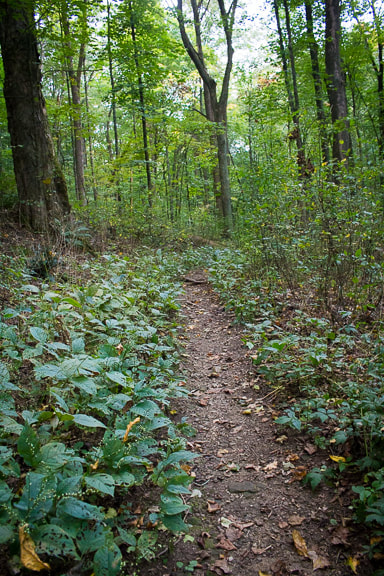
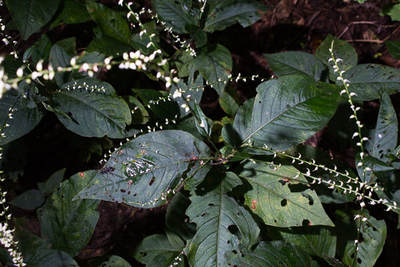
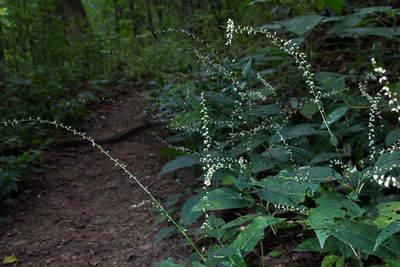
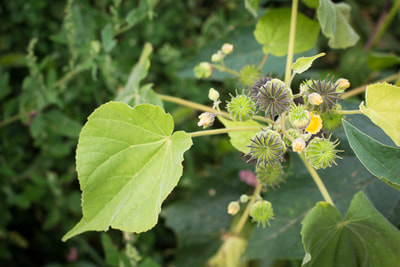
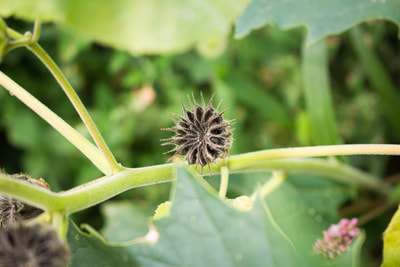
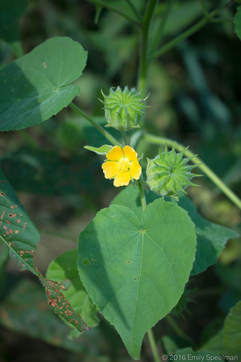
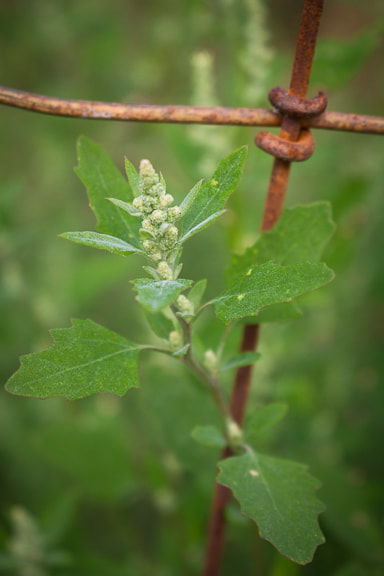
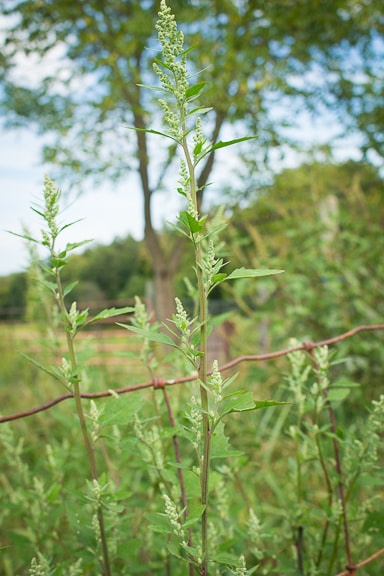
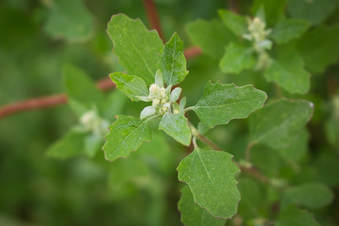
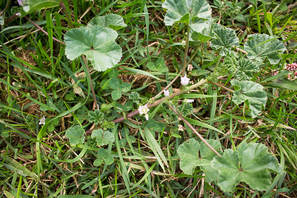
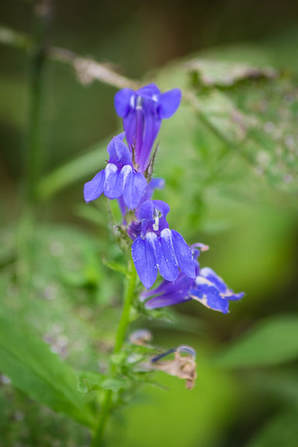
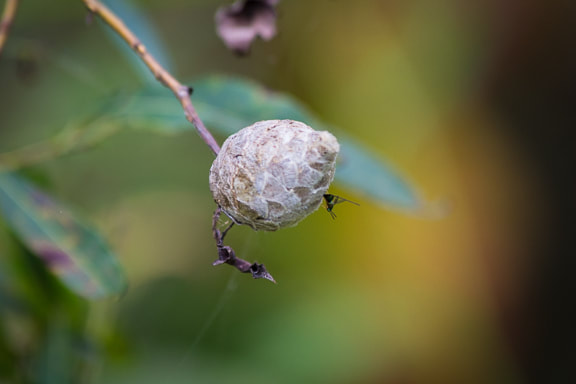
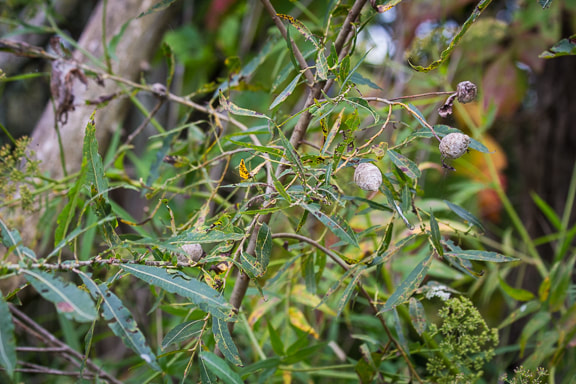
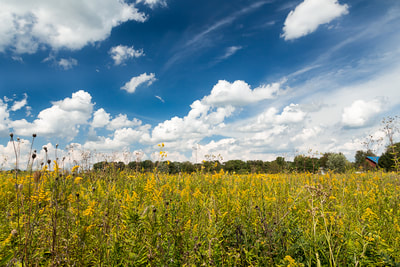
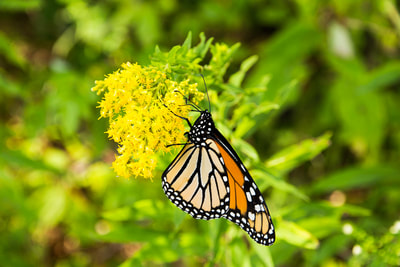
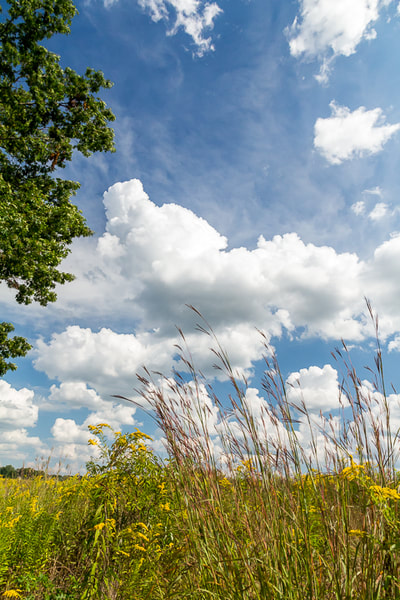
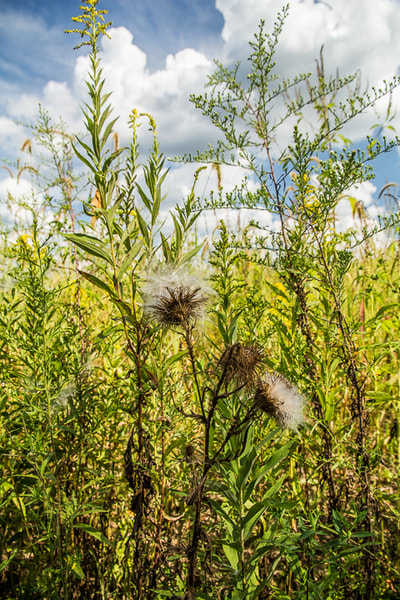
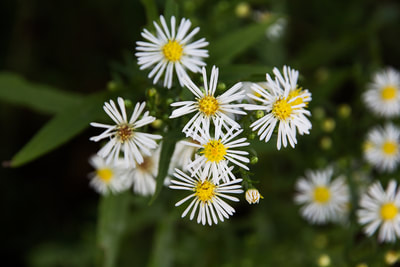
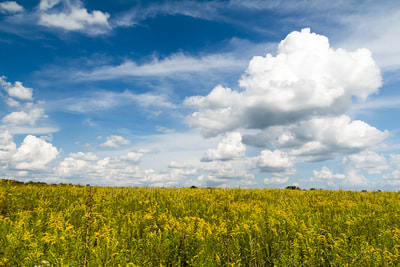
 RSS Feed
RSS Feed